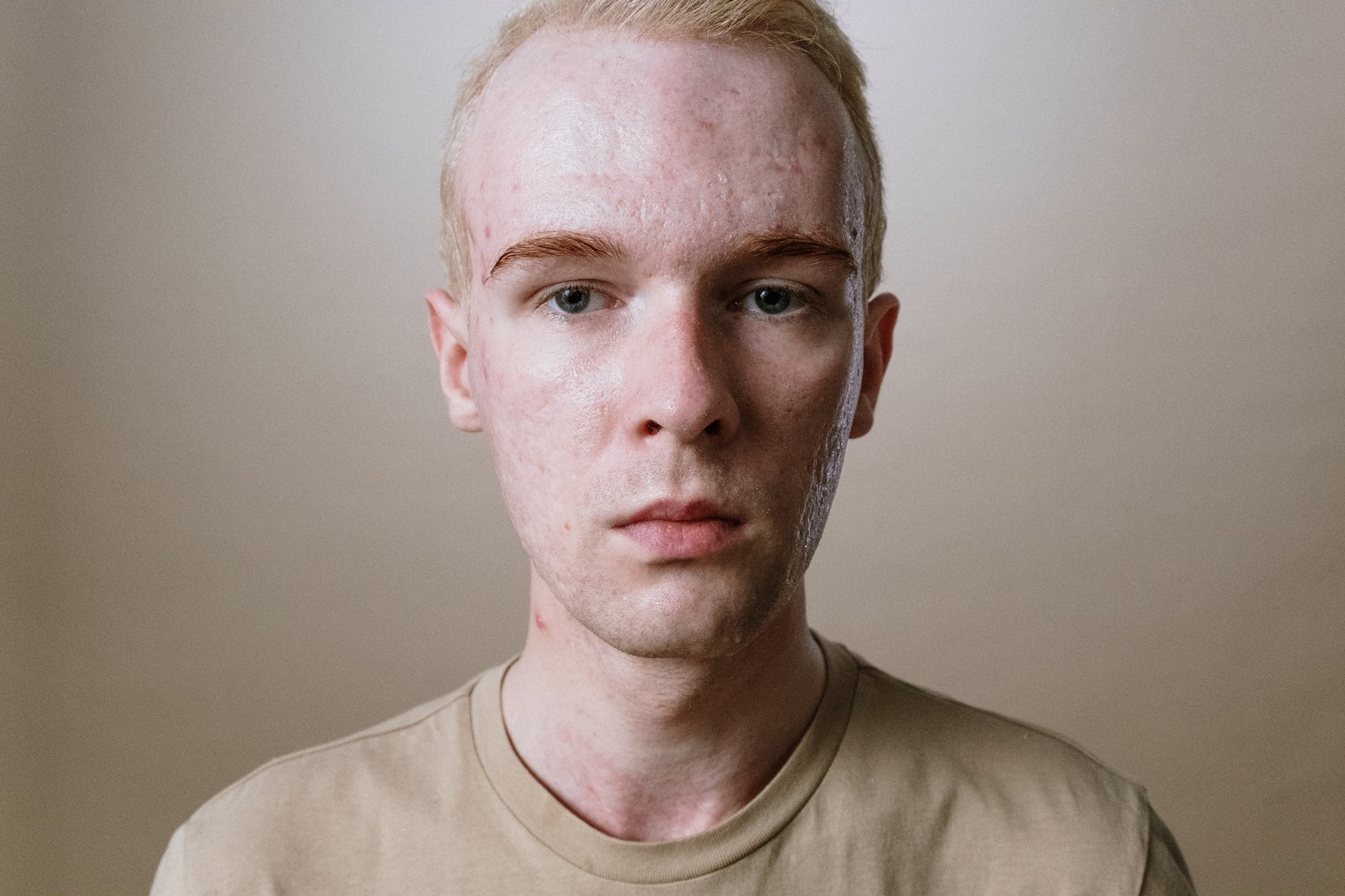
Skin Resurfacing
As you age, you’re likely to develop fine lines, wrinkles, or uneven skin texture. These problems can get more intense as you age. However, there’s no fixed age for these problems to start showing up.
As reported by Real Simple, fine lines and wrinkles can show up as early as your 20s. In most cases, these appear on your mid to upper forehead. With age, these skin problems can worsen. That’s why people tend to act as swiftly as they can to deal with them.
In the quest for youthful and radiant skin, many individuals turn to cosmetic procedures to address skin concerns like wrinkles, scars, and uneven texture. One popular option gaining traction in recent years is fractional skin resurfacing.
Fractional skin resurfacing is a minimally-invasive procedure. It uses laser technology to rejuvenate the skin by stimulating collagen production and replacing damaged skin cells. However, before you jump into the world of fractional skin resurfacing, there are a few crucial aspects to consider.
In this article, we will explore some of the most important things you should know before undergoing fractional skin resurfacing.
Understanding Fractional Skin Resurfacing
According to Future Market Insights, the global laser technology market is currently valued at $16.7 billion. By 2032, its value is expected to reach $35.4 billion. Given how this technology is being used, it’s no surprise why the laser tech market is growing so big and so fast.
These days, laser processing technology is used almost everywhere. From industrial lasers aiding in manufacturing to medical laser processing technology used in laser DNA sequencing and laser microscopy, this tech has a variety of uses. The skin resurfacing process is another area where the tech is being put to good use.
Fractional skin resurfacing is a cutting-edge cosmetic procedure designed to improve skin tone and texture. According to Novanta Photonics, the process involves the use of a fractional laser device emitting tiny, controlled beams of energy into the skin.
The beams create micro-injuries in targeted areas. These trigger your body’s natural healing response and stimulate collagen production. The collagen helps you develop firmer, smoother, and more youthful-looking skin over time.
Downtime and Recovery
While fractional skin resurfacing is minimally invasive compared to traditional skin resurfacing techniques, it still requires some downtime for recovery. Immediately after the procedure, the treated areas may appear red, swollen, and sensitive, similar to a mild sunburn.
Over the following week or two, the outer layer of skin may peel off, revealing fresh, rejuvenated skin beneath. It is essential to follow post-procedure instructions provided by your healthcare professional carefully. These may include keeping the skin hydrated, avoiding direct sun exposure, and refraining from harsh skincare products.
Number of Sessions and Results
The number of sessions required for optimal results is different for different skin concerns and the intensity of the treatment. Typically, patients undergo a series of fractional skin resurfacing sessions, spaced several weeks apart, to achieve the desired outcome.
Some patients notice an improvement after just one session, but others may require three to five treatments for more substantial and lasting results. Discuss your goals with your provider to set achievable expectations and devise an appropriate treatment plan.
Potential Side Effects and Risks
Adverse reactions are rare in fractional skin resurfacing. Some common side effects of fractional skin resurfacing include temporary redness, swelling, and mild discomfort. All these get resolved on their own within a few days. However, in case they don’t contact your healthcare provider for advice.
Choosing a skilled and experienced practitioner is vital in reducing the risk of complications. Make sure to discuss potential side effects and risks with your healthcare professional before undergoing the procedure.
Pre-Procedure Preparation
To enhance the effectiveness of fractional skin resurfacing and ensure a smooth recovery, there are some pre-procedure preparations to consider. Your healthcare provider may advise you to avoid certain medications like blood thinners and aspirin leading up to the treatment. This is to minimize the risk of excessive bleeding.
In addition, discontinuing the use of retinoids and topical exfoliants a few days before the procedure can help prevent excessive skin sensitivity. Be sure to follow all pre-procedure instructions provided by your practitioner for the best possible outcome.
Conclusion
According to the American Society of Plastic Surgeons, skin resurfacing can cost you between $1,445 and $2,509. The cost, of course, varies from place to place. Even taking all that into account, it’s a rather affordable procedure, which is why many are tempted to opt for it.
You, too, might be looking to get fractional skin resurfacing done anytime soon. However, before you do, make sure you’ve gone through the points discussed above. Doing so will help you prepare for the procedure as well as what comes after it.






